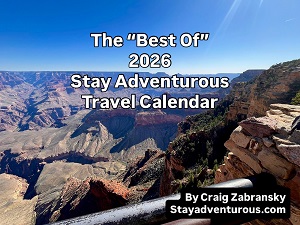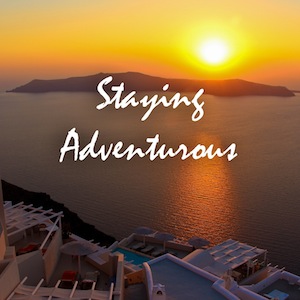A Journey to the Roof of Africa: Mount Kilimanjaro:
There are moments in life that call for more than just a trip; they demand a journey – a transformative experience that imprints itself on your soul. We all have those weekend escapes and dream destinations on our personal bucket lists, but some adventures stand apart, promising memories that will truly last a lifetime.
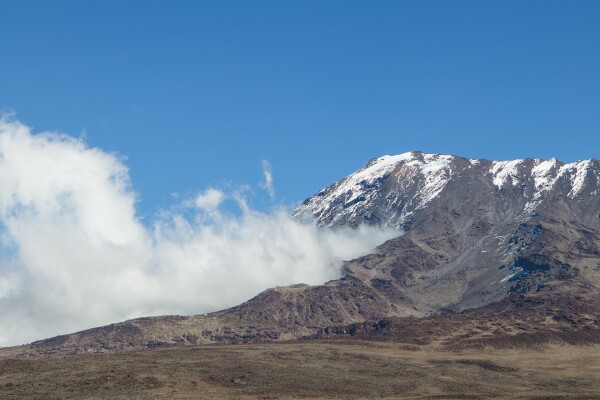
Image by Squirrel_photos from Pixabay
When we talk about life-altering travel, Africa invariably rises to the top. Perhaps you envision the thrill of a safari, witnessing the “Big Five” in Southern Africa‘s iconic reserves, or delving into the rich tapestry of ancient Egypt’s history and mystery. Yet, for those seeking a profound personal challenge intertwined with breathtaking natural beauty, one destination beckons with an irresistible allure: the trek to the summit of Mount Kilimanjaro, the highest point on the African continent. This isn’t just a hike; it’s a pilgrimage, a test of will, a celebration of human endeavor, and a great way to enjoy an adventurous holiday. It is time to plan your epic adventure to make it happen.
Mount Kilimanjaro Awaits: More Than Just a Climb
Unlike many trips where preparation primarily involves packing, securing travel documents, and perhaps a quick medical check-up, the undertaking of summiting Mount Kilimanjaro demands a more dedicated and holistic approach. Success on this majestic peak hinges on two critical considerations: your physical fitness and, perhaps even more crucially, your body’s ability to acclimatize to extreme altitude.
The Crucial Dance with Altitude Acclimatization
As someone accustomed to sea-level living, I can personally attest to the profound impact of altitude. My own experience hiking at 3,000 meters in the Sierra Norte of Oaxaca, Mexico, served as a potent reminder. Two individuals in our group, despite their fitness, had to descend to lower altitudes, unable to complete our three-day trek between villages.
Now, imagine that experience scaled up exponentially. On a Kilimanjaro trek, many days are spent at 4,000 meters, with the final summit push reaching an astounding 5,895 meters (19,341 feet). This is no small feat. It’s why not everyone completes the journey, and why managing the acclimatization process is paramount.
Expert advice consistently emphasizes selecting a longer route. The difference between an eight-day itinerary and a faster six-day option can be the deciding factor between success and disappointment. Always listen to your guides – their experience is invaluable – and, most importantly, listen to your body. It will send clear signals. Reputable tour operators, like Aardvark Expeditions, meticulously design itineraries that embrace the “climb high, sleep low” principle. This strategy involves ascending to a higher elevation during the day for exposure, then descending to a lower camp for the night, allowing your body to recover more effectively with increased oxygen. This gradual exposure and rest period significantly enhance your chances of successful acclimatization.
Forging Your Physical Resilience
Beyond altitude, your physical preparedness is the bedrock of a successful Kilimanjaro ascent. Begin your training well in advance, focusing on uphill hiking with a weighted pack. Gradually increase your hike time, distance, and elevation gain. Start with shorter hikes, say 3-4 miles with 500-1000 feet of elevation gain, and progressively build up to longer day hikes of 4-6 hours with moderate elevation changes (e.g., 1000 feet or more), while carrying a pack weighing 20-25 lbs – roughly the weight of your day pack on the mountain. and if you can;t always get to natural elevation, use inclined workout treadmills and steppers.
Crucially, incorporate back-to-back training sessions. Hiking on consecutive days simulates the sustained effort and limited recovery periods you’ll experience on Kilimanjaro. This consistent training, building both endurance and strength, will be the ultimate differentiator when facing the challenging final ascent to the summit. Your body needs to be a finely tuned machine, ready for the relentless upward push.
Choosing Your Path to Uhuru Peak
The adage, “There are many paths up the mountain, but the view is the same,” holds true for Kilimanjaro, but with a nuanced twist. While the ultimate goal is Uhuru Peak, the seven distinct routes offer varying challenges, scenic beauty, and acclimatization profiles. Reputable tour operators typically offer a curated selection of routes, catering to different fitness levels, time constraints, and preferences for scenery and crowds. Plus, the allure of this part of Africa often extends beyond the mountain, with many choosing to combine their trek with an unforgettable luxury safari in the Serengeti.
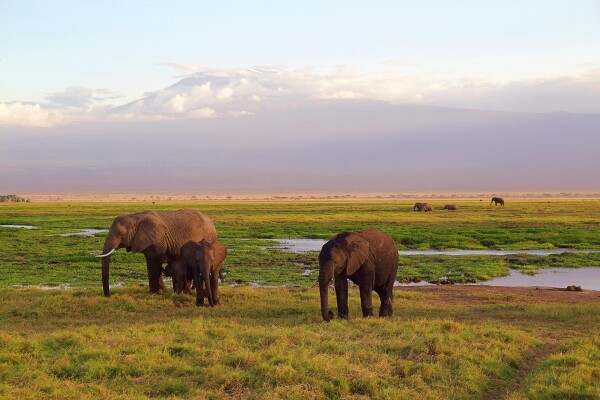
Image by Julian Hacker from Pixabay
Two Premier Routes to Consider:
The Machame Route
Approaching Kilimanjaro from the southwest, this popular route traverses the stunning Shira Plateau before ascending to the summit via Stella Point. Known for its dramatic landscapes, varied terrain, and excellent acclimatization profile, the 7-Day Machame Route offers significantly higher summit success rates compared to its shorter 6-day counterpart. You’ll begin in lush rainforests, gradually ascending through diverse ecological zones, each revealing more of Kilimanjaro’s majestic, snow-capped peaks. It’s a route that balances the thrill of nature with robust safety and support. Remember porters will carry much of your packed items for the week, you will just have your daytime items until you get to camp.
The Lemosho Route:
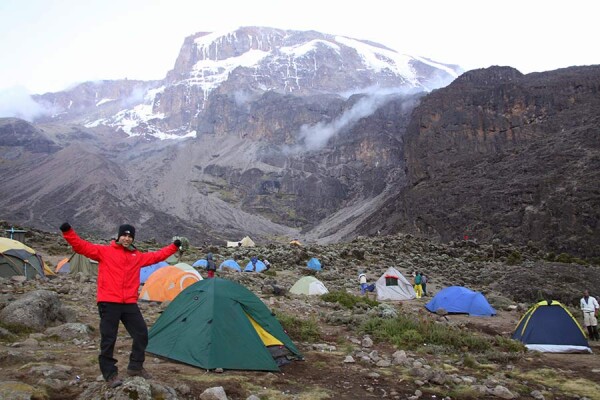
photos from Aardvark Expeditions 7 day Lemosho Route
Often hailed as the most scenic route and less crowded, the 8-Day begins on the western side of the mountain. This path rewards trekkers with unparalleled panoramic views of Mt. Meru and the sprawling Amboseli plains, often visible from higher elevations. This meticulously paced trek guides you through dense rainforest with wonderful wildlife viewing opportunities, across alpine deserts, and into the icy summit zones. Crucially, the 8-day itinerary includes an essential acclimatization day, significantly enhancing your chances of reaching the summit. It’s the ideal choice for those seeking a visually enriching, gradual, and ultimately highly successful ascent to Uhuru Peak,.
And although a good level of fitness is required for either, the Lemosho, can be less strenuous, however typically more expensive.
The Final Ascent: A Test of Spirit
The culmination of your preparation and trekking unfolds in the early hours of summit night. Just after midnight, your dedicated guides will gently rouse you for the final, arduous ascent to Uhuru Peak, Africa’s highest point. The initial push to Stella Point on the crater rim is typically the most challenging segment, often taking five to seven hours of relentless upward progress in the thin, cold air. From Stella Point, a relatively shorter, but still demanding, climb leads you to the true summit.
Reaching Uhuru Peak as the sun rises over the vast African landscape is an indescribable moment – a triumphant fusion of physical endurance and mental fortitude. Bask in the breathtaking panoramic views, a reward for every step you’ve taken. After soaking in the summit glory, you’ll begin your descent, first to Barafu Camp for a brief rest, and then continuing down to Mweka Camp, where you’ll spend your last night on the mountain, reflecting on your monumental achievement.
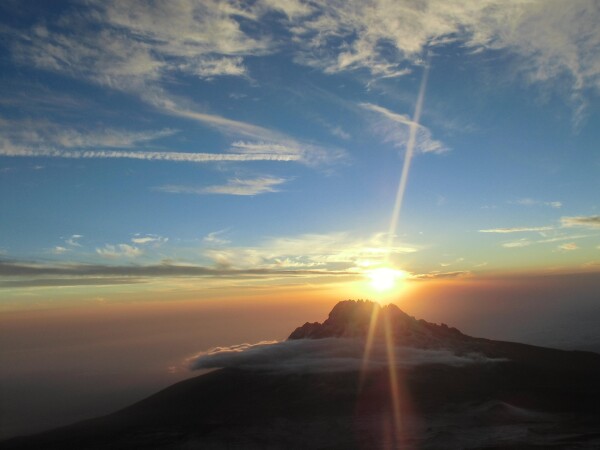
Image by Squirrel_photos from Pixabay
Conclusion: A Journey That Transforms
The trek up Kilimanjaro is far more than just a hike; it’s a deeply supported and transformative experience. You’ll likely find yourself with an impressive guide-to-client ratio, a testament to the dedication of the teams ensuring your safety and success. The memories forged on this mountain, whether you ultimately reach the very summit or not, will endure a lifetime. The journey through Tanzania’s diverse culture, its captivating landscapes, and the profound personal challenge of Kilimanjaro itself, is an integral part of a life journey that will forever stay with you, shaping your perspective and reminding you of the incredible power of human resilience and beauty of Africa. And who knows, perhaps the majestic plains of the Serengeti, teeming with wildlife, will be the perfect complement to your high-altitude triumph, rounding out an African adventure of truly epic proportions.
Stay adventurous, Craig

